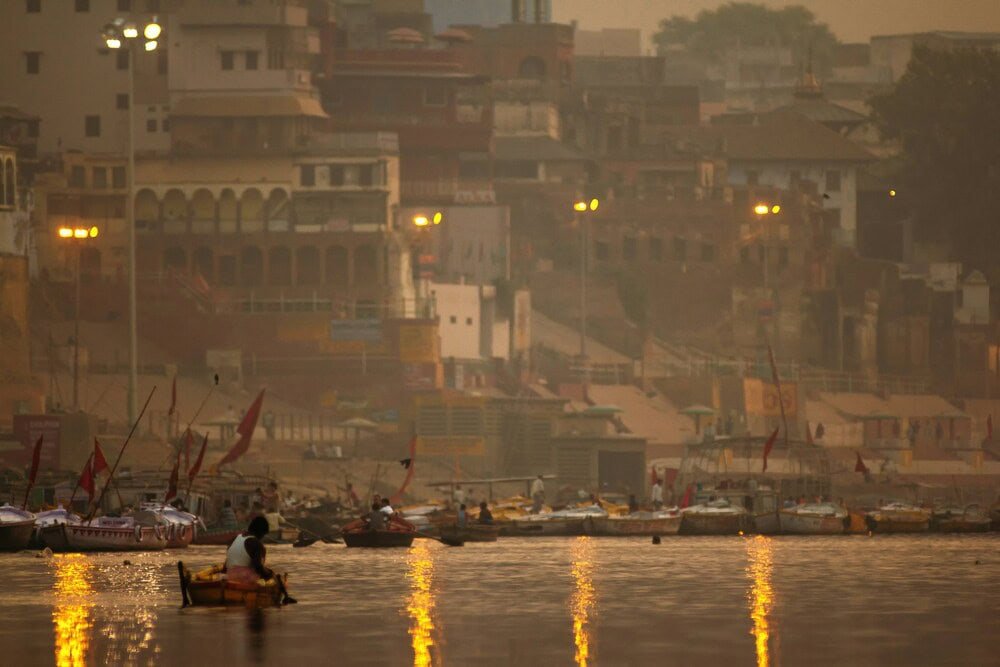This post may contain affiliate links. We may earn a small commission at no additional cost to you if you make any purchases. Read our Disclosure.
If you’re gearing up to explore the vibrant country of India, you’re on the verge of an unforgettable journey!
India is renowned for its delicious food, lively markets, warm-hearted locals, and breathtaking experiences, leaving an indelible mark on all who visit.
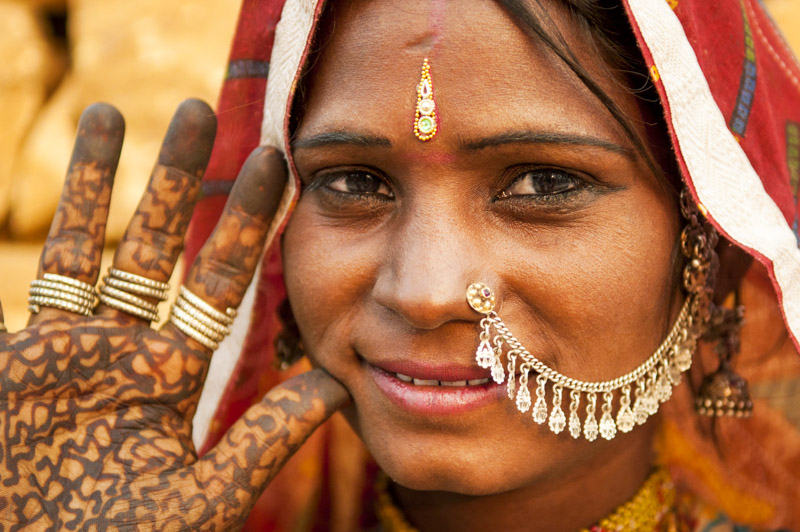
However, before you immerse yourself in the hustle and bustle, it’s wise to familiarize yourself with essential tips for your trip to India. Travelers often emerge with strong opinions, and many who don’t enjoy their time there tend to be unprepared.
Don’t let that be you! Here’s how to make the most of your time in India.
Essential Tips for Visiting India
Get Your Travel Vaccinations
Before booking your flight, ensure you take necessary health precautions and check your vaccination requirements.
For a trip to India, vaccines for Hepatitis A and B, Typhoid, and Tetanus are important. Additionally, certain areas may pose risks from mosquito-borne diseases like dengue or malaria, so consult your travel nurse about your destinations.
When visiting natural sites, use bug spray. Staying healthy is key to a great trip—unless you forget your sunscreen!
Bring Medicine for Stomach Issues
It’s rare to find someone who has explored Indian cuisine without encountering stomach troubles—the notorious Delhi Belly strikes most at least once!
Pack a travel medicine kit filled with antacids, diarrhea medication, and any other essentials you might need for stomach relief.
Probiotics can be helpful too, easing your gut discomfort after the initial upset and keeping your digestive system happy during your travels.
Drink Bottled Water

Do not drink tap water in India; always stick to bottled water!
Many hotels provide water coolers for refilling, but ensure that the water is pure and bottled.
If someone offers you water, always check the seal on the bottle before drinking.
Always Carry Toilet Paper!
Bringing your own roll of toilet paper can be a lifesaver on your travels—you never know when you’ll need a restroom, and they often lack toilet paper.
When nature calls, you’ll be glad you were prepared. Although toilet paper is sometimes available, it often runs out.
In India, bidets are commonly used for washing, and paper is typically for drying, so be mindful of where to dispose of your paper.
Additionally, you’ll encounter the typical “squatty potty,” common throughout Asia—it’s part of the experience, so embrace it!
Be Cautious with Street Food

Don’t shy away from street food; it’s among the most delicious in the world, but it can also lead to unexpected digestive adventures.
While tempting aromas waft from food stalls, not everything is safe to eat. Look for busy stalls with long lines for the freshest dishes, and always opt for food that is piping hot and served in a clean environment.
Carry a Shawl for Temples

When visiting temples and holy places, both men and women are often expected to cover their heads, especially in Sikh or Jain temples and certain mosques.
The primary religion in India is Hinduism, followed closely by Buddhism. It’s advisable to wear clothing that covers your shoulders and knees when visiting Hindu or Buddhist temples, so keeping scarves or shawls handy is wise.
Do take note that photography might be restricted or completely banned in many temples. Look for a sign indicating the rules before snapping any pictures.
Always follow the guidelines if you’re uncertain.
Opt for shoes that you can easily slip on or off, like sandals, to conveniently access religious sites.
Read more: Suggestions for women dressing modestly abroad
Build Your Spice Tolerance with Curry

Before embarking on your journey to India, try increasing your tolerance for spicy food by enjoying curries a few weeks prior.
Think of it as a preparatory cooking challenge!
The spice levels in India can be intense, and even if you request “not spicy,” you might still be in for a fiery surprise!
By sampling some spicy dishes at home, you’ll enhance your tolerance and prime your stomach, reducing the risk of experiencing the infamous Delhi Belly.
Purchase a Local SIM Card
Upon your arrival in India, get a local SIM card right away. This will help you with GPS, keep you connected with loved ones, and be crucial for booking Ubers, using translation apps, and contacting hotels.
In Mumbai, if you want to use the airport WiFi, you’ll need a local Indian phone number, so don’t skip getting a SIM card just yet!
You can also opt for an eSIM before you travel to avoid this hassle. We recommend Airalo for easy and cost-effective eSIM options.
Pack Warm Clothing for the North
North India can be surprisingly chilly. While India is generally known for its hot and humid climate, don’t forget to bring along some warm clothes, or you might regret it!
Know the Optimal Time to Visit
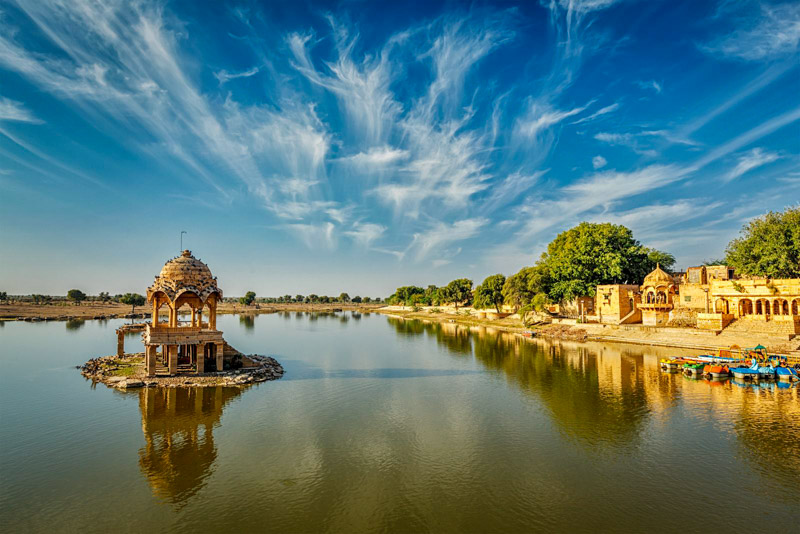
If you’re in the planning phase and haven’t booked your flight yet, it’s good to know the best time to visit India.
Generally, the ideal time is from October to March, when the weather is as enjoyable as a perfect cup of chai!
During these months, you can explore the lively streets without feeling like you’re melting under the sun.
December sees a surge in tourism due to the lovely weather.
The monsoon season spans from June to September, which is not ideal for traveling.
Ensure Your e-Visa is Ready!
Most nationalities need a tourist visa to enter India. You may be able to apply for an e-Visa, which simplifies the process, but it often takes a week or more to process.
All travelers needing a visa must complete an online application, upload a photo, and before you know it, you’ll be one step closer to visiting the Taj Mahal!
You can find information about e-visas for India here!
Watch Out for Traffic, Even on Pavements

India is known for its hustle and bustle! It’s not just the traffic that’s chaotic—everywhere you go feels like a game of human Tetris, navigating between the crowd.
Beware that pedestrians aren’t the only ones on sidewalks; during heavy traffic, motorbikes, scooters, and rickshaws might use the pavement as an extra lane.
So, always be vigilant and watch out for oncoming traffic, even while walking!
Stay Vigilant Against Scams
While India is generally safe for visitors, scams can be a concern, especially near tourist hotspots, so keep a watchful eye!
One common ruse involves a “friendly local” who engages you with conversation, only to direct you towards overpriced shops where they earn a commission!
When shopping for souvenirs, be cautious; some may confuse you with change, making it easy to lose track of your money.
Be wary of “tourist taxi” scams where well-meaning drivers take you on unnecessary detours to shops more interested in your wallet than sightseeing. They might take the “scenic route” to inflate charges, even for short distances.
When at money exchange counters, know the rates and count your rupees to ensure you aren’t short-changed.
Don’t overlook the classic “missing wallet” trick, where someone bumps into you just long enough for a quick theft.
Brace for Culture Shock
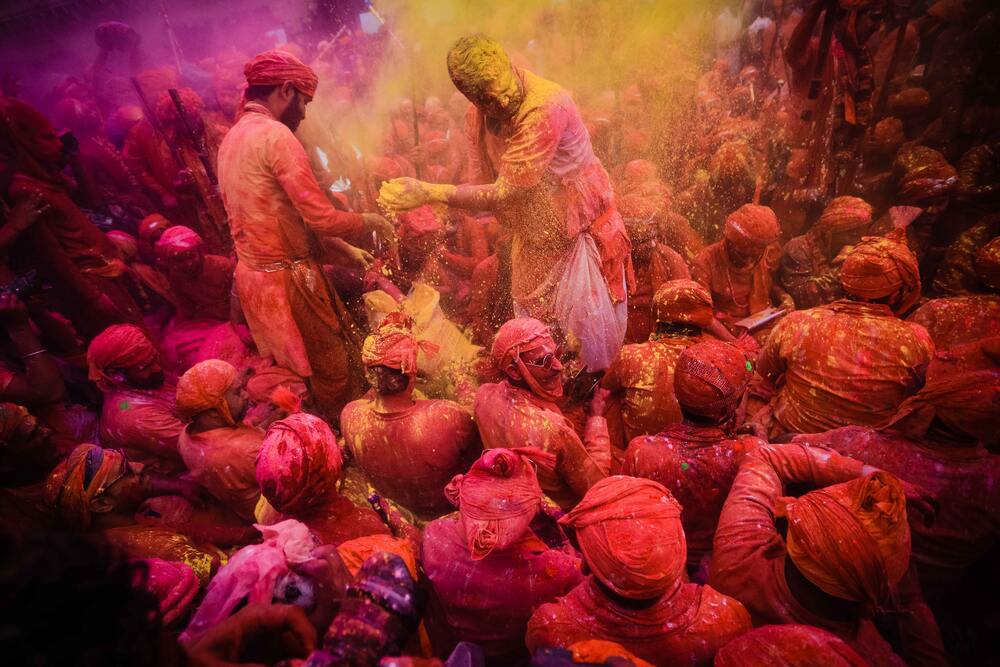
Visiting India feels like diving into a lively collage of colors, sounds, and smells that can easily amaze or overwhelm even experienced travelers.
The lively markets and the cacophony of honking cars create an atmosphere that is both thrilling and disorienting.
Because of this, many first-time visitors experience a degree of culture shock when they arrive in India.
It’s important to honor local customs and adapt. Personal space here is often more of a guideline than a rule, and standing in line is not a common practice.
Amid the rush of cultural surprises, try to keep a sense of humor and absorb everything around you—it’s all part of the Indian experience!
Varanasi Is Not for the Faint-Hearted

Let’s be honest: Varanasi, often referred to as the Holy City, is unlike any other place you’ll visit.
It’s not your typical tourist spot; located alongside the sacred River Ganges, it attracts visitors from all over India and beyond, who come here to die or to perform cremations.
In Varanasi, you’ll witness many sacred customs, from locals doing their morning prayers or bathing in the holy waters to experiencing the evening Ganga Aarti ceremony.
However, this city is also known for its public cremations along the riverbanks.
Many tourists believe they can escape sights of cremation, but often that’s not the case.
Although we wouldn’t advise against visiting, it’s essential to understand what you might encounter before planning your trip. It can be a deeply moving experience.
Reserve Your Train Tickets Ahead of Time

By booking your train tickets early, you’ll be thankful each time you board a train in India.
This not only guarantees your seat but helps you dodge the chaotic scene at ticket counters, where everyone rushes to the front.
Without a reservation, you might find yourself traveling like the locals, possibly sitting on the floor or even on the train’s roof.
Arriving early is crucial; otherwise, you may end up competing for a seat.
There are various class options available—first or second class is recommended for travelers seeking comfort, and they remain affordable by Western standards. More adventurous travelers may opt for lower classes, but don’t expect plush seating.
Opt for Unique Stay Options, Including Bed & Breakfasts
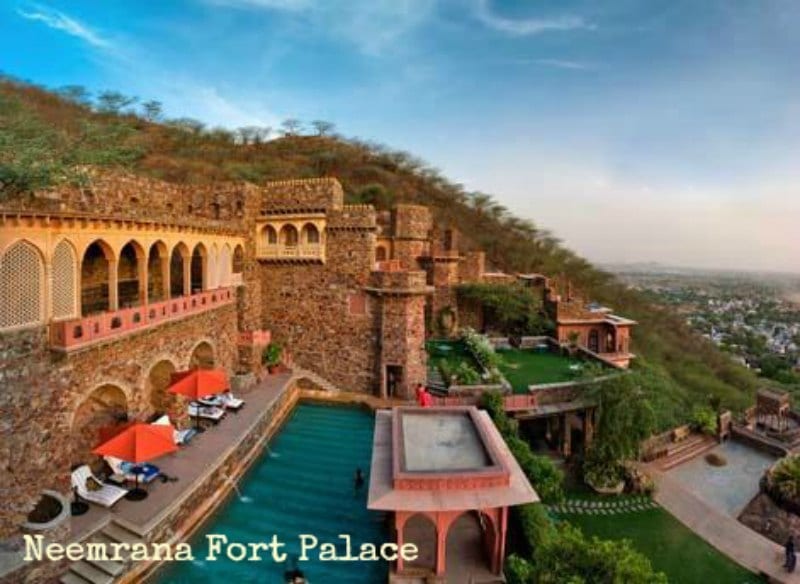
India offers fantastic lodging options, especially popular are Bed and Breakfast accommodations, particularly in larger cities.
While some are more commercialized and resemble hotels, many are family-operated, where hosts genuinely enjoy welcoming travelers.
This provides an excellent opportunity to indulge in local dishes (often cooked with a personal touch), discover hidden gems in the vicinity, and either learn to make traditional Indian meals or savor a typical Indian breakfast.
Here are our suggestions:
- Delhi – Consider staying at Colonel’s Retreat or Indee Home in South Delhi. Colonel’s Retreat also offers spa services and yoga and cooking classes.
- Rajasthan – Experience staying in a traditional Haveli or Fort Palace, such as the Neemrana Fort Palace, a 15th-century fort renovated to accommodate guests. For a more luxurious experience, try Alsisar Haveli in Jaipur, owned by a sub-clan of Rajputs who trace their roots to Maharaja Udaikaran of Amer.
- Northern India – Check out our Himalaya Elements experience, a 10-night journey through the foothills of the Himalayas that includes specially selected B&B properties along with different hotels and lodges. The highlight is undoubtedly Vanghat Lodge, located within Corbett Tiger Reserve. You can also visit a charming heritage Bed and Breakfast perched 2,500 meters above sea level within Binsar Sanctuary, offering stunning views of the western Himalayas.
Explore Local Markets Beyond Tourist Hotspots

Let’s be honest, western tourists often stand out quite a bit to the locals.
This is one reason why shops in touristy areas near famous landmarks, like the Taj Mahal, tend to be a bit pricey and can have a tacky vibe.
When you’re guided by a seller moving quickly from shop to shop hoping for a fast commission, it can be pretty overwhelming, especially in Jaipur.
Take some time to research before your trip or work with a trusted travel agency to discover hidden local treasures that you’ll share with friends and cherish for years.
Delhi:
If there’s a place that could be called the ‘One Stop Shop’, it’s Dilli Haat. Located in South Delhi, it boasts a classic market feel, featuring vendors from every corner of India.
You’ll find fair prices and can enjoy bargaining without persistent pressure from sellers; you might even find it entertaining!
The vendors switch their stall locations every 15 days to ensure fairness and harmony among them.
Here, you can shop for handicrafts, clothing, shoes, fabrics, and jewelry, while also indulging in a variety of authentic Indian dishes. We recommend trying the momos from Sikkim, among many other choices.
Rajasthan:
If you’re exploring the traditional Golden Triangle (Delhi – Agra – Jaipur), consider adding a 2-night safari at Ranthambhore Tiger Reserve, followed by a visit to Dhonk Craft.
Dhonk Craft promotes tiger conservation by creating sustainable job opportunities for the local community, which is transitioning from poaching endangered species like tigers and deer to engaging in responsible tourism.
Spending a little here supports their shift towards sustainable practices for both wildlife and the environment, plus their handicrafts and clothing are impressive.
Put Down Your Guide Book And Listen To The Locals
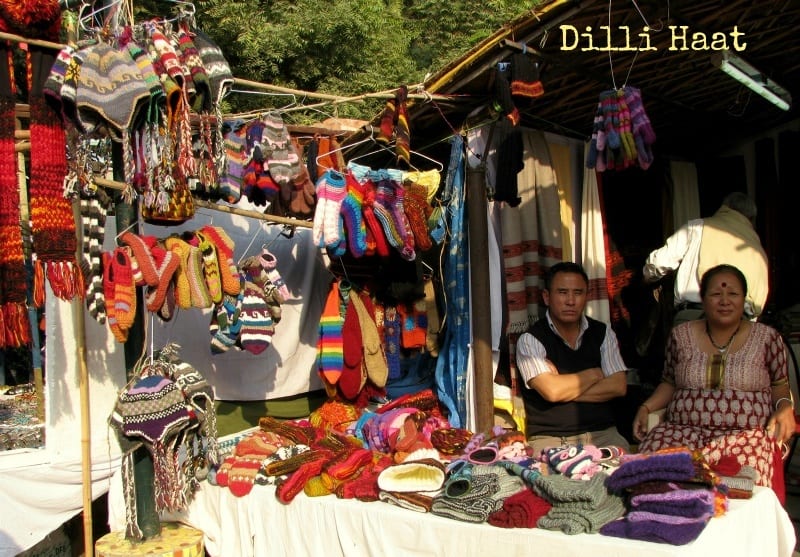
Guidebooks can be useful, but sometimes it’s refreshing to set them aside and explore based on your instincts.
You likely have a memorable experience from a time you did just that, and a great story to tell, too!
Stop by a sweet shop where locals gather. If you make a purchase, ask the shopkeeper for dining recommendations. This will likely lead you to where the locals eat instead of tourist spots.
And if you’re staying in a homestay, don’t hesitate to ask your hosts for suggestions as well.
They appreciate the chance to help you out. The most memorable experiences often come from genuine connections with people.
Connect With The Locals
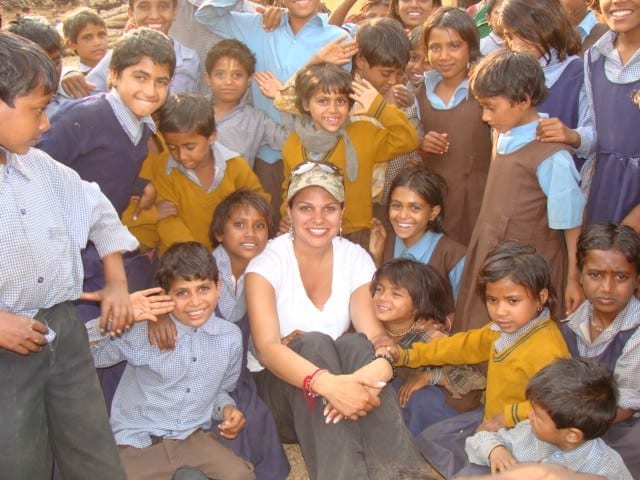
There’s a similar idea here where many advise to avoid eye contact with street vendors. Just keep walking, they say.
This can be good advice, as some vendors can be quite persistent and even a glance might indicate interest.
Instead, try this: make a joke or ask them a personal question, like where their family is from or if they enjoy cricket. Often, their favorite player is Sachin Tendulkar!
This unexpected approach can break their sales pitch and lead to a friendly conversation, often resulting in a smile from the vendor as they appreciate a different interaction.
This could also help you negotiate a better deal if you’re actually interested in what they’re selling.
Remember, the ‘annoying vendor’ is a person just like you and me.
Some may be relying on sales to support their families, so while you don’t need to be taken advantage of, it’s worth considering that they have their own struggles.
Forget Everything Your Friends And Family Have Ever Told You About India
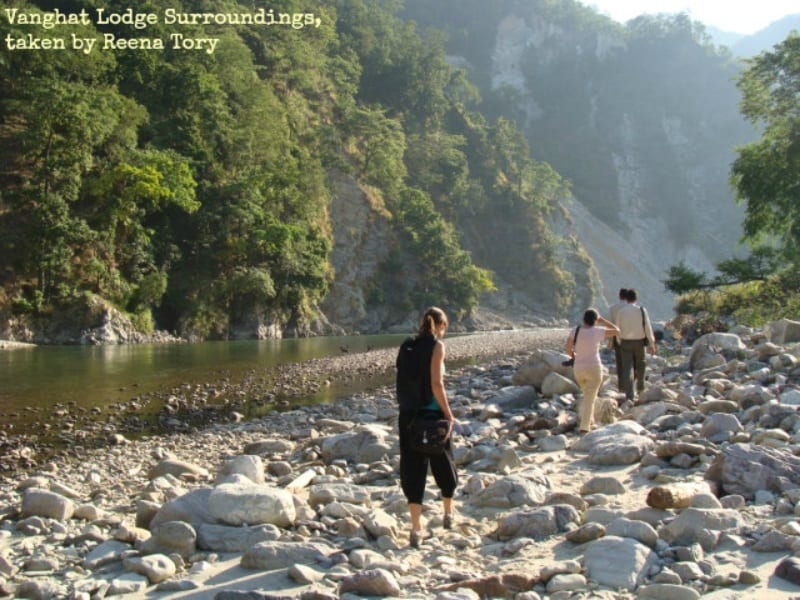
We all know someone who shares stories about their or their friends’ shocking experiences in India.
The reality is that everyone has their opinions, often based on rumors rather than personal experiences.
While friends and family may share their thoughts with good intentions to keep you safe, it’s essential to understand that India is full of contrasts and surprises.
It can be a challenging experience, pushing you out of your comfort zone…
Stepping out of your comfort zone can be challenging, but it’s also a journey that can profoundly change your life and leave a lasting mark on your spirit.
When someone shares their views, respond with a smile and say, “Thank you, I’ll consider that,” and stay open to the unique journey that lies ahead for you.
Each travel experience is distinct, so discover it for yourself.
Guided Tours in India
If you prefer to explore India through guided tours instead of traveling alone, consider these recommended options:
EXCLUSIVE GLOBUS DISCOUNT JUST FOR YOU!
We’ve obtained a special yTravel discount: Save $100 per person on select Globus and Avalon Waterway Vacations for 2024. Use code: YTRAVEL when making your reservation online at Globus, Cosmos, and Avalon Waterways websites, or when calling them directly, or through a preferred Travel Advisor. Terms & Conditions apply.
Video: Traveling in India
Looking for more motivation and tips for your trip to India? Watch our webinar that offers advice on how to travel safely in India, which is especially relevant for solo female travelers!
Additional Tips for Traveling in India
Do you have any other tips to enhance a unique and authentic travel experience in India? Share your thoughts in the comments.

